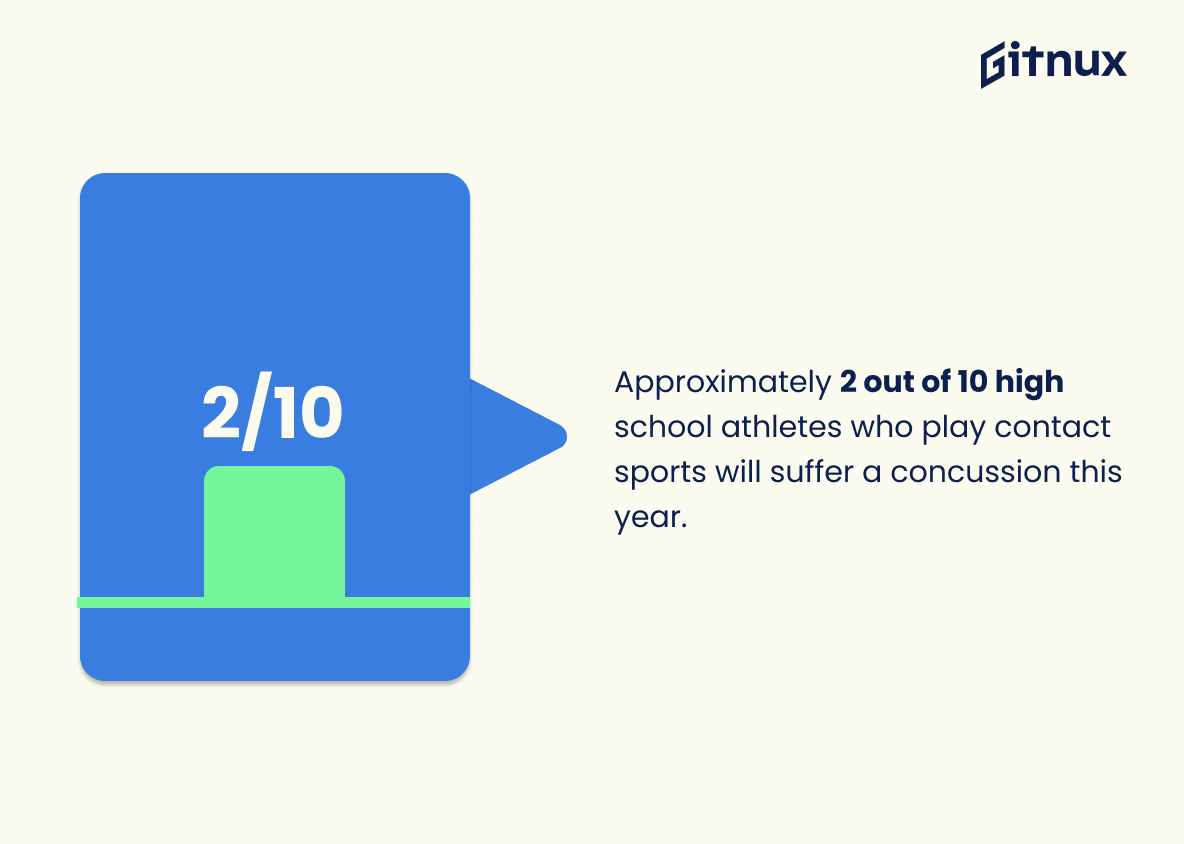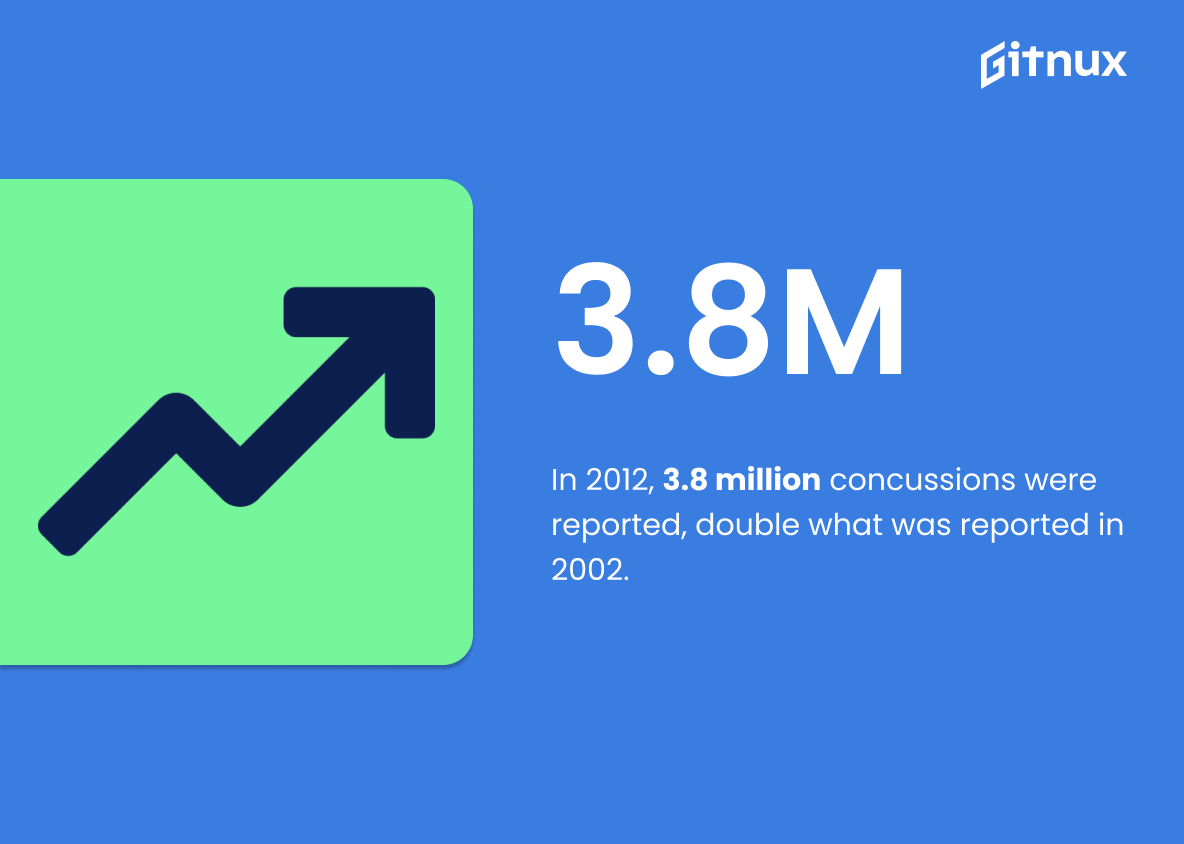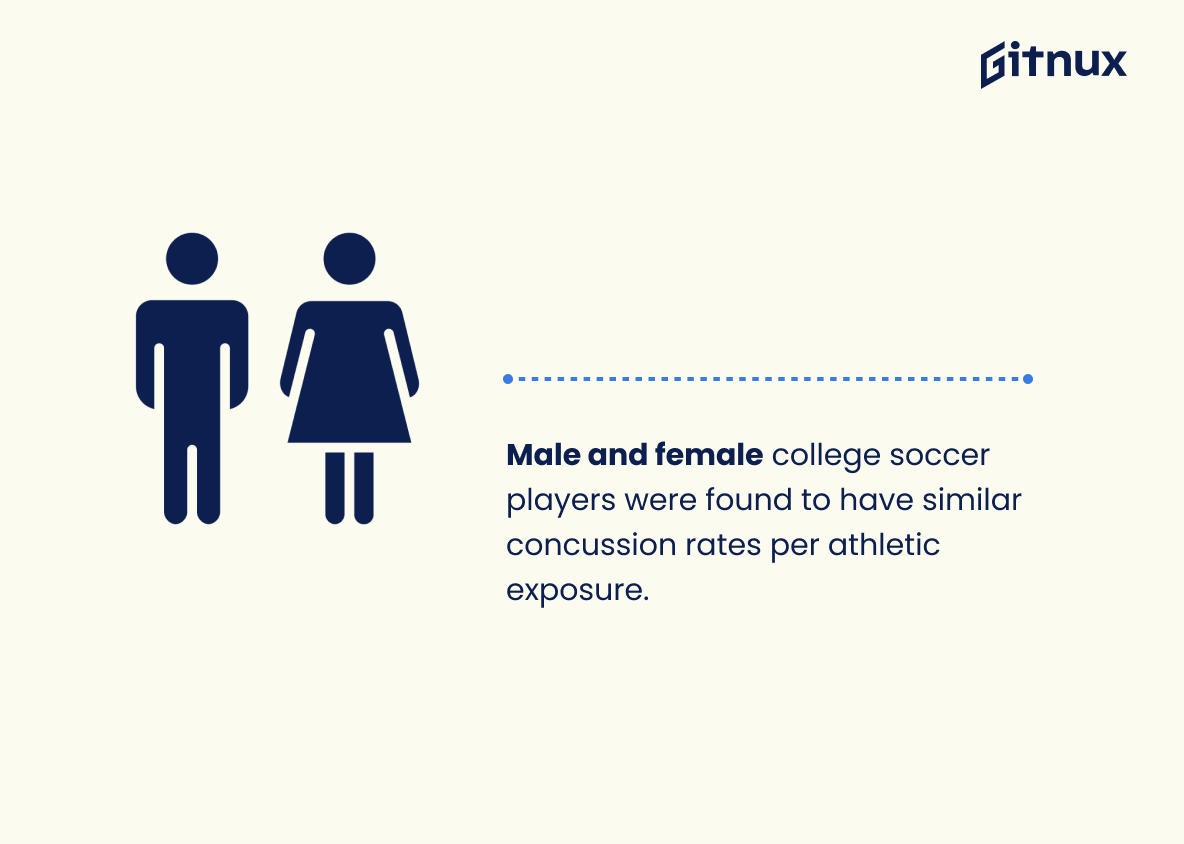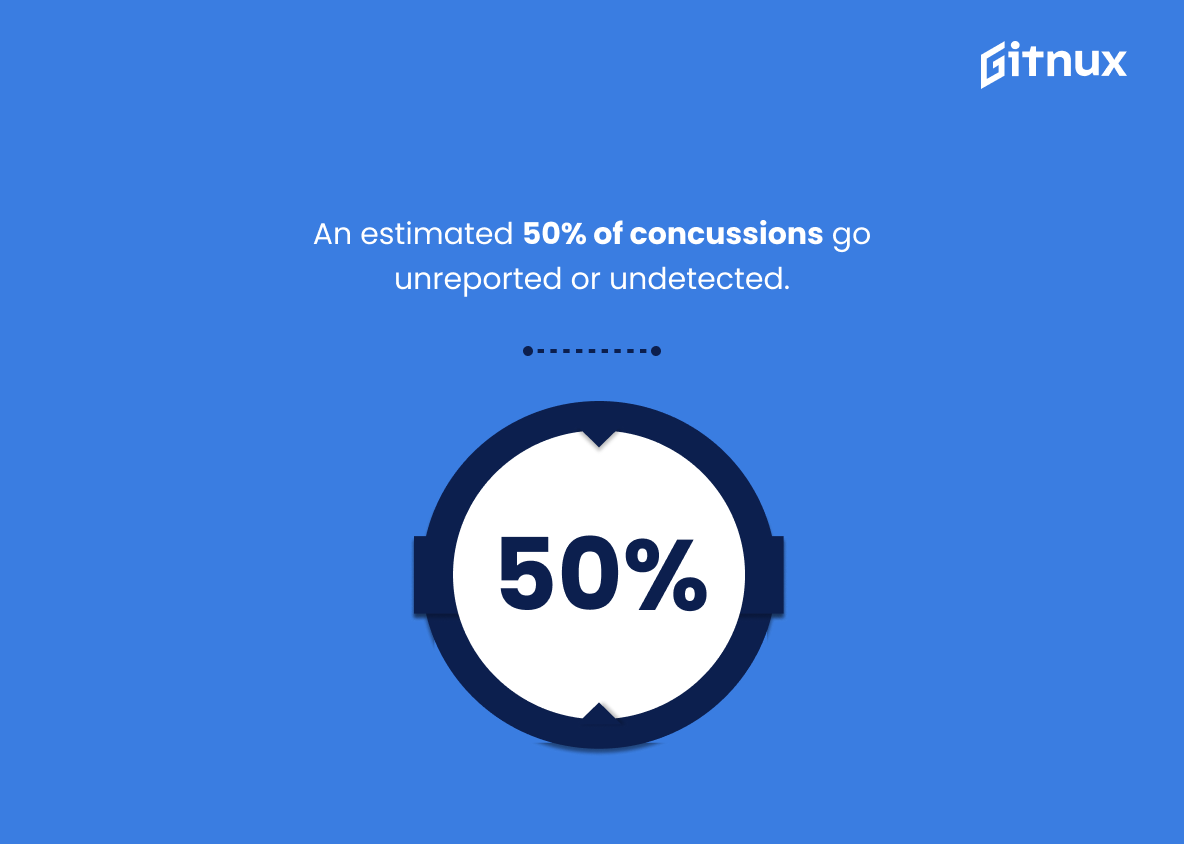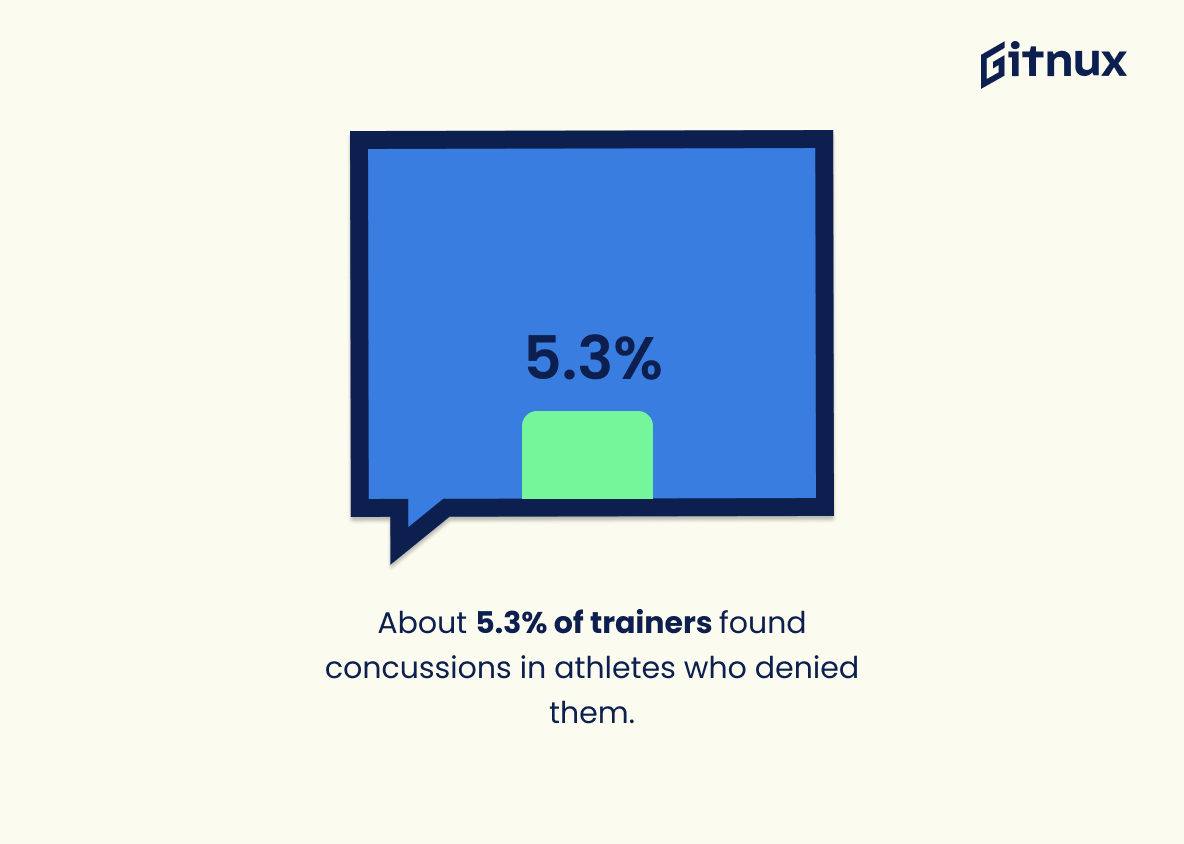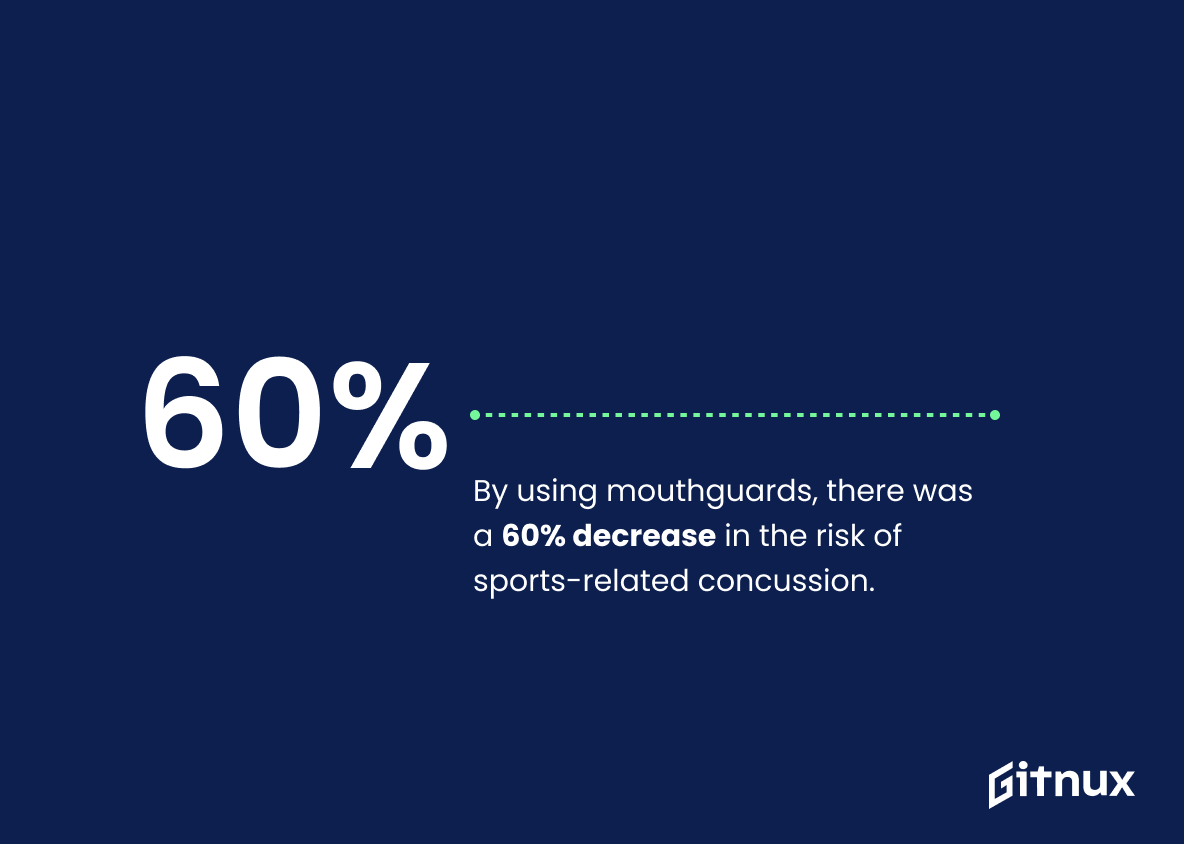In the thrilling world of sports, victories and losses mark the headlines, capturing our attention and igniting our passion. However, lurking beneath the hoopla, sports-related concussions have steadily emerged as a pressing concern, often leaving a lasting impact on athletes’ lives. In this blog post, we delve deep into the startling world of sports concussion statistics, unpacking the numbers behind the injury, its prevalence across different sports, and its sharp implications on athletes’ health. As we shed light on this often sidelined conversation, our goal is to highlight the importance of preventative measures, adequate treatment, and how we can make the sports we love safer for the ones who play them.
The Latest Sports Concussion Statistics Unveiled
“Approximately 300,000 US high school athletes sustain a sport-related concussion annually.”
Delving into the realm of sports concussion statistics, one cannot bypass the revelation that around 300,000 US high school athletes are identified with sports-related concussions each year. This astounding figure acts as a testament to the prevalence and persisting threats of these injuries across youthful sports engagement in the nation, anchoring the gravity of the situation firmly within the public consciousness.
These numbers surge as a clarion call, urging stakeholders to seek and implement safer sporting policies, athletic protocols and more proactive treatment strategies. Undeniably, it dramatises the urgent imperative for innovative solutions in concussion prevention and management, exploration of safer athletic gears and collaborative awareness initiatives across educational institutions.
This statistic is key in framing the magnitude and significance of sports concussion discussion within our blog post. As a canary in the coal mine, it compels our readers to grapple with the raw, rather daunting reality of the situation, fostering a broader, more informed conversation about sports safety. It pinpoints the intersection between athletic passion and health risk, prompting an impassioned discourse on responsible sportsmanship and youth safety nationwide.
“There is a seven times increased risk of concussion for football players than for other sports.”
Diving deep into the world of sports concussion statistics, the seven-fold elevated risk of concussion for football players compared to other sports stands out as a critical red flag for serious contemplation — a siren call demanding attention. This powerful insight catapults us into the heart of a heated debate about safety standards in football, raising an underrepresented yet pressing concern amidst the rowdy rapture of the roaring crowds and the exhilarating rush of adrenaline. It acts as a hard-hitting reality check that punctuates the untold narratives of bruises and brain injuries underlying the high-octane arena, and stakes a compelling claim for a comprehensive review of protective measures, equipment, and concussion protocols in the sport. This eye-opening statistic ultimately cements the urgent need for ongoing research to get underneath the surface of sports-related brain injuries, ensuring that the sporting gladiators of the gridiron are also treated as invaluable players in the game of life, as we continually strive to lower such risks.
“Between 1.6 and 3.8 million sports band recreation-related concussions occur in the United States each year.”
Understanding the sheer scale of the problem, as illustrated by the statistic that annually there are between 1.6 and 3.8 million sports and recreation-related concussions in the United States, is a pivotal starting point in our discussion. These figures punctuate the enormity of the issue, demanding our attention and underscoring the urgency to address it. In a landscape where sports and recreational activities are integral to American culture, such statistics highlight the significant public health implications, thus driving home the need for increased awareness, preventative measures, and effective treatment strategies.
“Approximately 2 out of 10 high school athletes who play contact sports will suffer a concussion this year.”
This compelling statistic undeniably anchors the conversation about sports concussion in hard facts, shining a glaring spotlight on the urgent issue that beckons immediate attention. Drawing attention to the alarming probability that nearly 20% of high-school athletes engaged in contact sports are likely to experience a concussion within a single year, it furnishes a call-to-protection for our impressionable youth. The statistic essentially articulates a cry for proactive measures – encompassing prevention, diagnosis, and treatment – against the invisible foe that is concussion, thus accentuating the core premise of the blog post.
“Roughly 5% of soccer players sustain a brain injury each season.”
The statistics, heralding an unsettling 5% rate of soccer players falling victim to brain injuries per season, occupies a paramount position in our understanding of sports concussion patterns. Peppered within our analysis of concussion data, it unveils a sobering reality of potential peril shadowing an otherwise beloved game, stressfully reminding us of the vital imperative to advance our safety measures, equipment efficiency and post-injury protocols. This figure becomes a stepping stone on the blog’s mission to illuminate the readers about the ever-present threats within professional sports and the underlying urgent need for continual research and development in safeguarding our athletes. The statistic is a powerful wake-up call echoing through the realm of sports, underscoring the significant proportion of soccer players who pay a hefty price for their passion each season.
“In 2012, 3.8 million concussions were reported, double what was reported in 2002.”
Highlighting this staggering increase in reported concussions from 2002 to 2012 serves as a significant wake-up call, underlining the urgency and importance of the issue. Traumatic brain injuries in sports are not simply a potential risk, but a tangible, escalating reality. This fact acts as a sledgehammer to the illusion of safety in sports environment, forcing both the public and relevant industries to reconsider and improve preventative measures and treatments. Moreover, it ushers in questions about potential under-reporting in the past and encourages research to develop safer rules and equipment, driving home the point of the entire discussion on sports concussion statistics.
“An estimated 33% of athletes don’t report their symptoms after receiving a hit or a blow”
Delving into the heart of sports concussion statistics, one can’t help but take note of the shrouded red flag – an estimated 33% of athletes who don’t report their symptoms after experiencing a hit or blow. A startling digit, it reverberates with an echo of unspoken concerns in the athletic world. It hints at the potential magnitude of undetected or unaddressed concussions, laying the groundwork for a conversation about the silent health crisis athletes might be facing. This underreported percentage underscores the need for effective protocols to encourage athletes to speak up and to educate them on the importance of timely treatment to prevent long-term consequences. It also calls for the fostering of a safer, open environment where athletes’ health is prioritized over competition and winning.
“Male and female college soccer players were found to have similar concussion rates per athletic exposure.”
Unveiling the equality in concussion rates between male and female college soccer players dispels any bias linked to gender in sports-related injuries. It highlights the universality of safety risks across the board and urges the necessity for protective measures for everyone on the field, not biased on gender. This revelation underscores the fact that the battlefield of soccer is not prejudiced; concussions don’t choose a side based on gender. The gravity of this information forces us to rethink and restructure safety protocols, emergency responses, and overall training for both genders; because in the arena of sports, every player, male or female, is equally vulnerable.
“Children and teens are more likely to get a concussion and take longer to recover than adults.”
Highlighting this data point can be a real eye-opener, particularly when discussing sports concussion statistics. It serves as a loud alarm bell, underscoring the vulnerability of youngsters participating in sports. Drawing attention to the higher likelihood of children and teens getting a concussion, along with their increased recovery time compared to adults, illustrates a significant public health concern. This information begs for attention towards adopting more stringent safety measures in children’s sports and encourages further research into why young brains are more susceptible. Ultimately, bringing such statistics to light can foster conversations about enhanced concussion management, prevention strategies, and the need for sport regulations considering the increased risk and recovery period for younger athletes.
“An estimated 50% of concussions go unreported or undetected.”
Peering through the crystal lens of sports concussion statistics, we encounter a chilling revelation. Around 50% of concussions find escape in the shadows, going unreported or undetected. Embroidering this statistical warning into the fabric of our blog post has profound implications.
First, it dazzles us with the hidden iceberg of injury reality, much of which lies concealed, below the surface. This raises an urgent call-to-arms for increasing awareness among athletes, coaches, and parents about the subtler symptoms of concussions, potentially propelling a cultural shift towards prioritizing identification and treatment over the ‘play on at all costs’ mentality.
Second, it firmly refocuses the spotlight on the imperative of cutting-edge research and improved detection tools. The grim mask of this data point cannot be ignored – it compels us to invent new tools and systems for catching these stealth concussions before they escalate into long-term damage, morphing star athletes into cautionary tales.
Lastly, it sings a haunting melody of challenge for policy makers. Existing protocols and guidelines are steered by the reported statistics. When the curtain of this unreported 50% lifts, the reality can shock us out of complacency, stirring regulatory bodies to reconsider and revamp protective measures and rules of the game to robustly safeguard athletes.
So, the echoing voice of the ‘unreported 50%’ statistic spirals forth, shaking the foundation of existing practices, casting a net of responsibility, challenging us to better protect our athletes. Its silent whispers form the heartbeat of our blog post about Sports Concussion Statistics.
“Concussions represent 8.9% of all high school athletic injuries.”
Highlighting that a significant 8.9% chunk of all high school athletic injuries comprise concussions thrusts light on the alarming prevalence of this issue. The figure is a wake-up call to key stakeholders – from parents and educators to athletic staff and policy makers, driving home the point that protective measures and preventative strategies are not just a need, but an urgent necessity in youth sports. It also sets the tone of severity for the remainder of the blog post, emphasizing the importance of understanding and addressing sports-related concussions. This underlines a significant public health concern vis-a-vis youth sports safety, making the statistic vital to the conversation around sports concussion statistics.
“Approximately 5.3% of athletic trainers reported concussion signs and symptoms in varsity athletes who denied having a concussion.”
Painting a vivid picture on the canvas of sports concussion statistics is the subtle and yet alarming revelation that around 5.3% of athletic trainers have actually observed concussion symptoms in athletes, even when these very competitors shrugged off any indication towards a concussion. This underscores a pivotal, potentially life-altering issue in the midst of athletic pursuits – the under-reporting or complete denial of concussions by athletes, knowingly or unknowingly. The statistic is a bellwether, illuminating a path for deeper conversations around why athletes might downplay their injuries, the role of athletic trainers in athlete health, and the importance of strict monitoring and safety measures. Indeed, a layer of the sports concussion narrative thus unearthed, where visibility meets denial, poses a need for immediate attention and action.
“By using mouthguards, there was a 60% decrease in the risk of sports-related concussion.”
The statistic that highlights a 60% decrease in the risk of sports-related concussion with the use of mouthguards is a revelation of great significance. It underscores the crucial role of proper protective gear in drastically reducing the likelihood of such injuries. Within the realm of a blog post about Sports Concussion Statistics, this statistic emerges as a powerful beacon, illuminating the path towards effective prevention strategies. It speaks volumes about the importance, role, and impact of mouthguards in creating a safer sporting world. Truly, it is not just a number, but a testament to the union of sports and science aimed at ensuring the well-being of athletes.
“An estimated 35.1% of concussions occur during practice in high school sports.”
Shedding light on the unexpected, the observation that an estimated 35.1% of concussions occur during practice in high school sports flips the popular narrative on its head. Rather than being limited to actual games, this danger lurks in preparation stages, underlining the importance of safety regulations and preventive measures not just on the official turf, but also behind the scenes. As unsuspecting as it may seem, practice environments become critical areas of focus in our discussion on sports concussion statistics, highlighting a less explored avenue for potential intervention and injury prevention.
Conclusion
Sports concussions are more than just a temporary setback; they are a major concern that can have lasting impacts on an athlete’s health. Statistics have created a startling picture depicting a rising trend of concussions in various sports. By being alert to the signs and symptoms of a concussion, coaches, parents, and athletes can prevent potential long-term damage. Awareness and proper preventive measures, immediate treatment, and adequate recovery time are vital to protect our athletes. Continuing research and education are necessary to further understand and combat the issue of sports concussions.
References
0. – https://www.www.sciencedaily.com
1. – https://www.www.brainline.org
2. – https://www.www.cdc.gov
3. – https://www.www.headcasecompany.com
4. – https://www.www.bu.edu
5. – https://www.www.webmd.com
6. – https://www.www.researchgate.net
7. – https://www.www.ncbi.nlm.nih.gov
8. – https://www.jamanetwork.com
9. – https://www.www.momsteam.com



